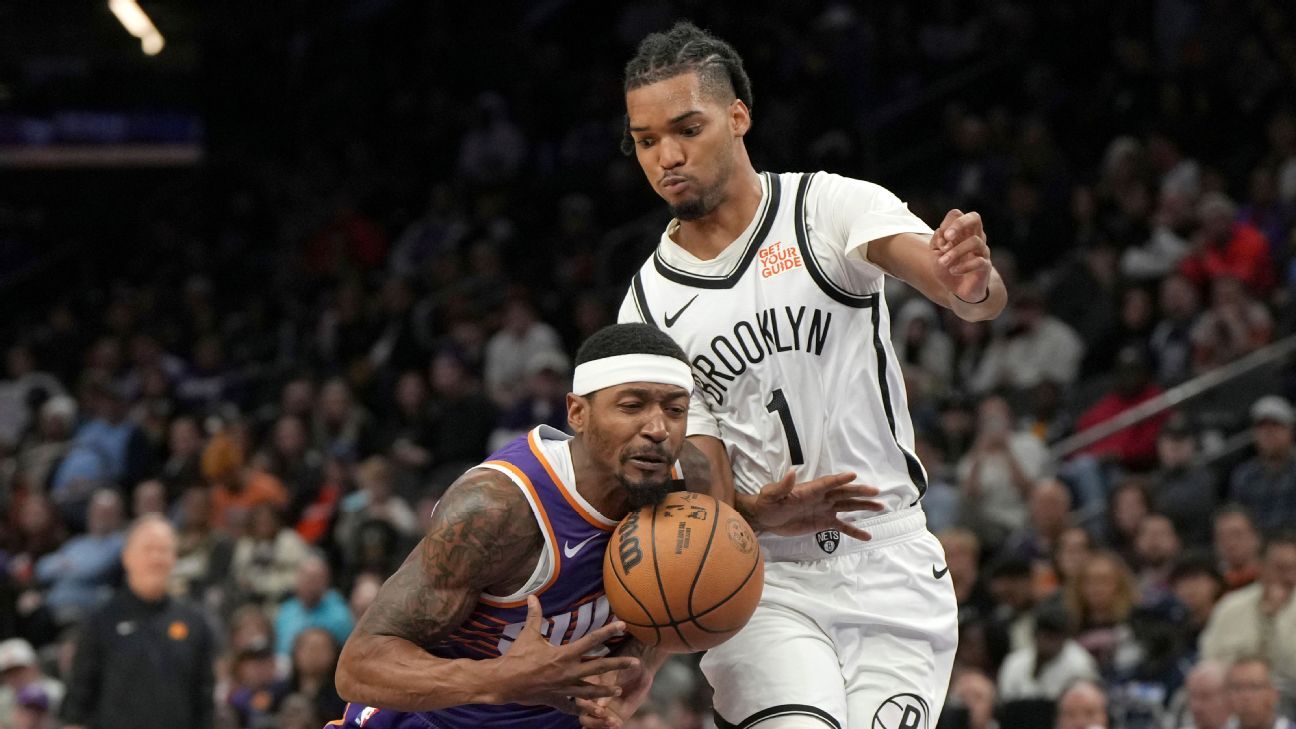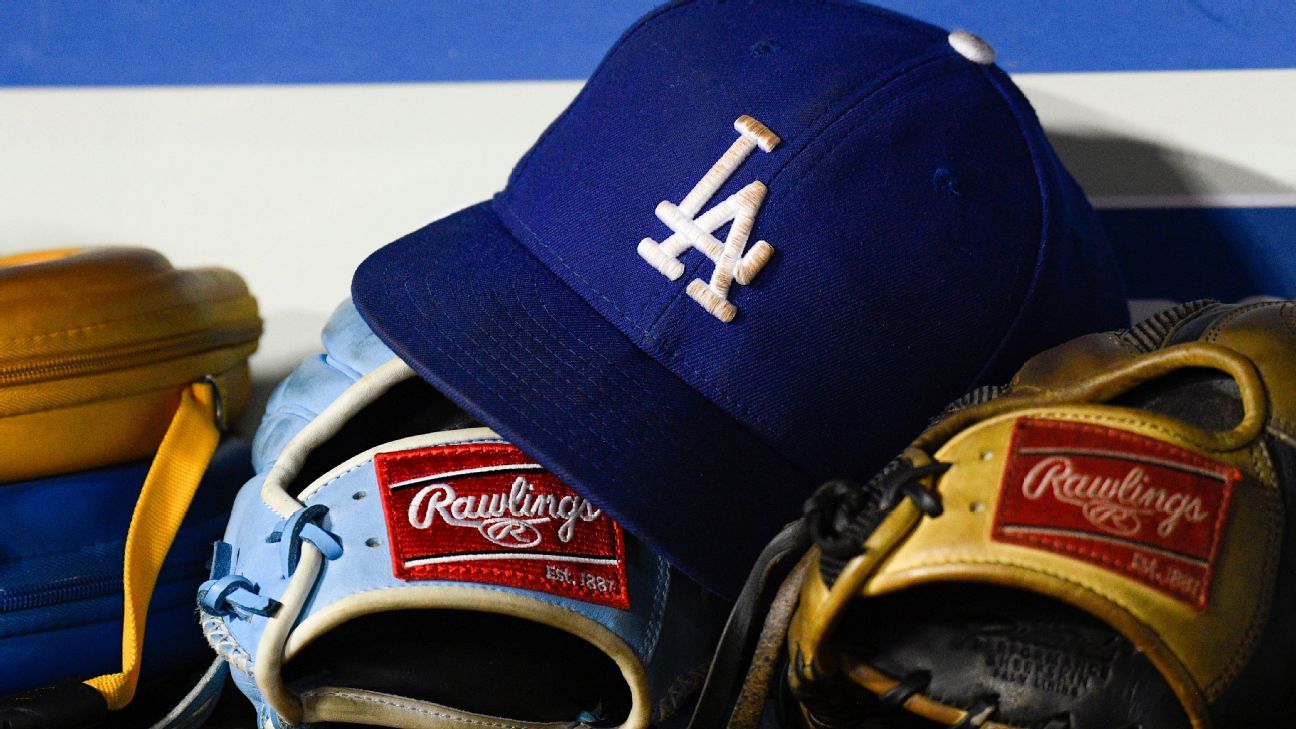
The more serious breach of the code comes in the violation of Article 2.4.10, which involves "directly or indirectly soliciting, inducing, enticing, persuading, encouraging or intentionally facilitating any Participant to breach any of the foregoing provisions of this Article 2.4."
While the precise nature of this offence has not been made public, it has seen him banned for two years. His other offence concerns the breach of Article 2.4.4, which concerns the non-reporting of corrupt approaches. For that, he has received a six-month suspension, to run concurrently alongside the two-year suspension.
The offences can carry up to a lifetime ban, but the PCB said they had taken into account his admission of guilt, level of remorse and past track record.
"It gives the PCB no joy to suspend an international cricketer for two years, but we have a zero-tolerance approach towards such offences," PCB chairman Najam Sethi said. "As the game's governing body, we need to make examples, handle such matters robustly and send out strong messages to all cricketers.
"It is bitter fact that corruption poses a threat to our sport as selfish corrupters lure cricketers in different ways and methods. That's precisely why the PCB has been investing heavily on player education so that they remain vigilant and can help the PCB eradicate this menace by reporting approaches. If, despite all our best efforts to create awareness, a player falls victim to his greed, then the PCB has no sympathy."















 Phone: (800) 737. 6040
Phone: (800) 737. 6040 Fax: (800) 825 5558
Fax: (800) 825 5558 Website:
Website:  Email:
Email: 






